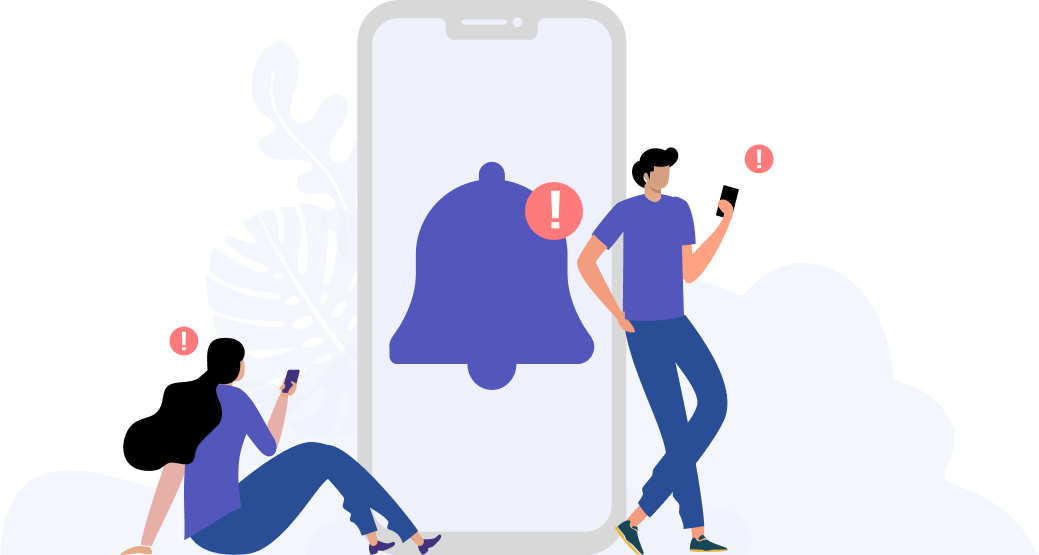Have you noticed yourself having to hold your reading materials farther away from your face to see the words clearly?

Well, do not worry, you are not alone, and reading glasses may be just the solution you need
Ageing is not kind to anyone. It affects our bones, joints and muscles, but what most people don’t realise (before it happens to them!) is that our eyes are not spared as well.
When we reach our 40s, just like other parts of our body, the internal lenses of our eyes become less flexible as well. I do not mean that they are unable to bend or stretch as easily, but what happens is not all that different. It becomes harder for our eyes to change focus from near to far vision, something we could do easily when we were younger.
As our eyes become less and less flexible, our close (near) vision gets worse and worse. This condition is so common that there is a term for it – presbyopia.
Presbyopia is the slow and gradual loss of the eye’s ability to focus clearly on close objects. Presbyopia is a normal part of the ageing process and usually becomes noticeable in your early to mid-40s and continues to worsen until around the mid-60s. This is where reading glasses can come in – presbyopia can be managed and treated with corrective lenses.
What are reading glasses, and how are they different from regular glasses?
Simply put, reading glasses improve our ability to see things up close. It is generally available in over the counter versions at a range of generic strengths. Unlike prescription or regular glasses, regular reading glasses are not designed to correct vision problems, and are also not designed for full-time use. Because of this, and because they are generally not custom made for you (though of course, this is another option), reading glasses generally cannot be adjusted if you need a different strength in each eye. In this case, you may explore the option of getting prescription reading glasses instead, which are meant to be worn for extended periods of time and is ideal to be worn by people with astigmatism, myopia (short-sightedness) or other eye disorders.

How do I know if I need reading glasses?
If you have any of the following symptoms or catch yourself doing some of these, chances are that you need to get some reading glasses.
Books, phones and other reading materials appear blurry up close. You have to hold them further away from your face to read.
You get headaches when you try to read.
Even when doing close work, like sewing, causes your eyes to hurt.
You have trouble reading smaller/finer print, especially in dim lighting.
If you have noticed these symptoms and think that you may be able to get by without reading glasses, keep in mind that not using reading glasses when you should may lead to eye strain, which can trigger headaches, double vision and other eye problems.
Presbyopia can be easily diagnosed through an eye check so to be absolutely sure if you have presbyopia or not, you can always schedule an eye check appointment with your optometrist. To make it simple for parents, Plano has developed planoEyecheck, an easy-to-use online platform that allows you to make a booking with your nearest optometrist.
Tools Designed for Healthier Eyes
Explore our specifically designed products and services backed by eye health professionals to help keep your children safe online and their eyes healthy.





